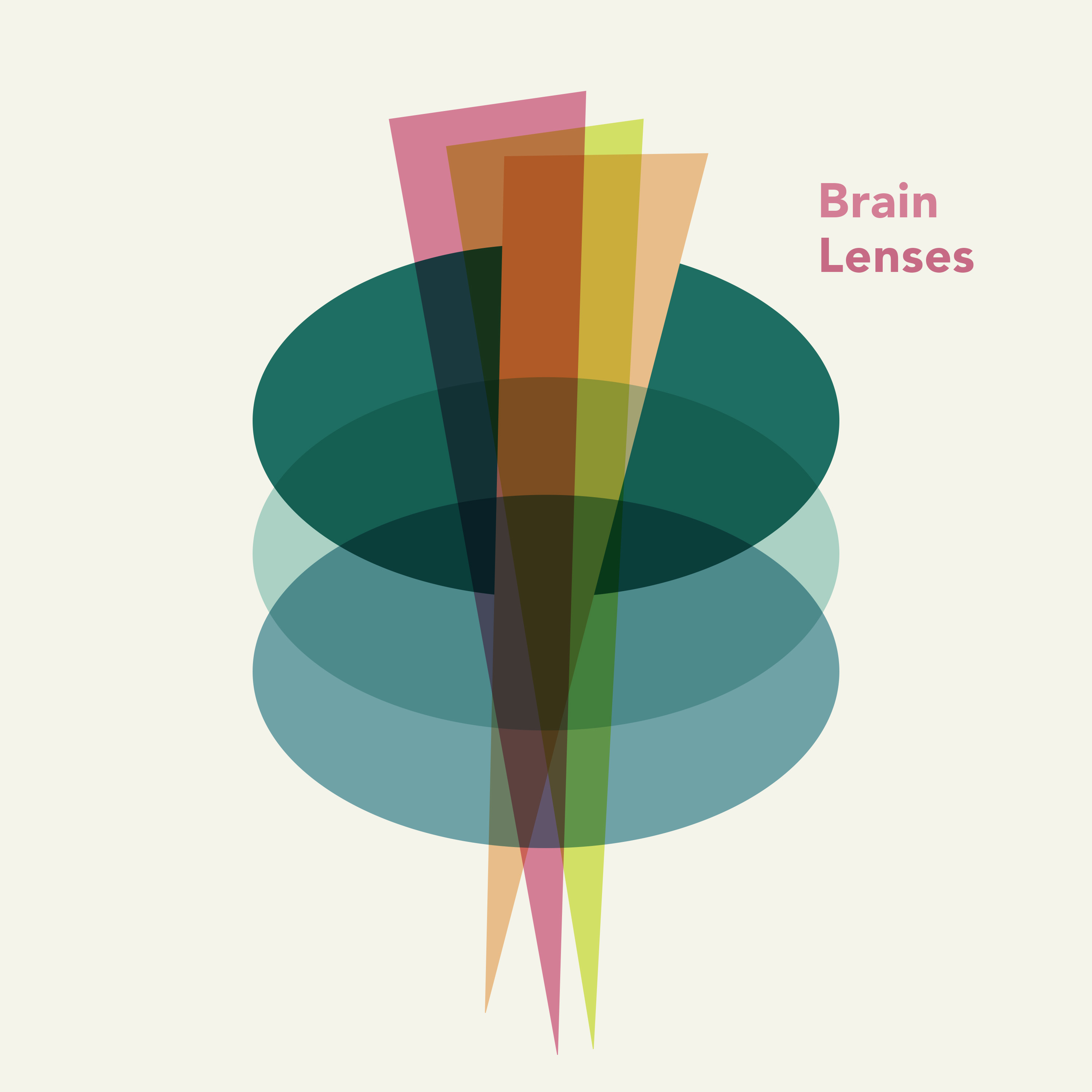Brain Lenses
Gruen Transfer
You're listening to "Brainlenses," a show about how we perceive the world, ourselves, and each other. I'm Colin Wright. In the world of urban planning and architectural design, the "ruin transfer" refers to a moment in which folks walking around a shopping mall, shift from a mindset of "I need to buy something specific" into a more nebulous, maybe I'll just explore a little and be in the moment, mentality. This transition from having a specific intention to getting lost in the hyper-reality of a shopping-oriented environment, which conceals that orientation behind confounding layouts and distracting aesthetic decisions, is intentionally triggered. As folks in that latter psychological state are more likely to make impulse purchases, the act of consumption feeling aligned with the space they occupy, the long-term consequences of those purchases, buying things they can't afford, buying things they don't need, not as front of mind as they would otherwise be. A huge variety of layout and design choices amplify this effect, from making a consumption-oriented space feel like a third place, where it's fun to just hang out, to making navigating said spaces confusing enough that one is likely to walk by shops and offerings, one had not intended to encounter upon entering the mall. This effect is named after an architect named Victor Gruen, who designed some of the United States earliest and most influential malls, and whose ideas about these spaces, most notably his decision to break them up into multiple levels, to spread things out so you have to walk bare distances between the most desirable anchor stores, and to incorporate gardens, and food courts, and gallery spaces, and goldfish ponds, and other lounge-worthy areas into the layout, came to define many modern malls globally. He disliked and eventually formally disavowed the way some of his design innovations were used by other architects and mall developers, however, as the folks operating these spaces realized that if they deployed these things just right, they can make malls desirable destinations unto themselves, and could create a consumption-oriented drive that doesn't feel like manipulation to those experiencing it, but which through some lenses is exactly that. There are parallels here to the so-called "dark patterns" that designers use on websites and apps, which make it more difficult for people to kill unwanted subscriptions, and which make it psychologically easier to buy more stuff than we want or need. There are also parallels to how the designers of grocery stores and other consumption-oriented spaces lay things out, putting the most desirable and fundamental products, things like milk, all the way in the back, and lining the path between entrance and intended destination with the products that are most profitable and most likely to grab us by our impulses before we have a chance to leave. Wherever these elements and arrangements are found, though, it's worth recognizing the powerful effect they can have on our "in the moment" desires, and the way we think about consumption, our needs and wants, and our consequent impulses and behaviors related to spending money. You can find out more about brain lenses, including how to support this show and in return receive an additional episode of the show each week at brainlenses.com. You can also support this and all of my projects at understandery.com. I'm Colin Wright, and I'll talk to you again next week. [BLANK_AUDIO]
